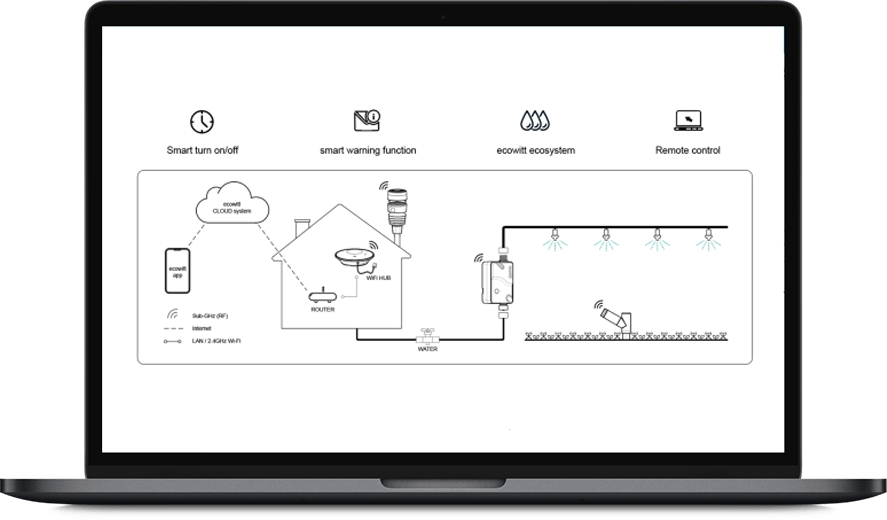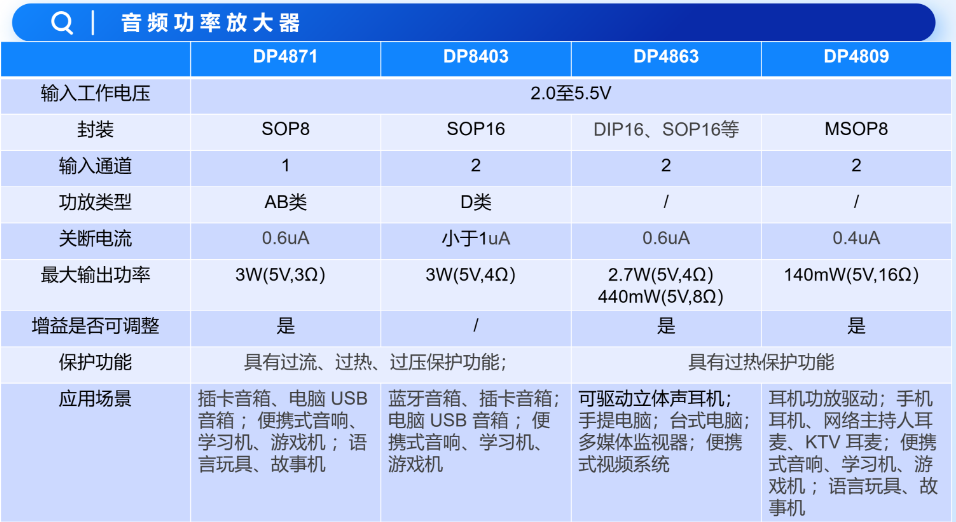We read countless articles about the Smart Grid, Smart Meters, and the vast industry with an awareness toward building the next generation of infrastructure. From generation to transmission and delivery, right up to that new meter installed outside any business or home, many Smart Energy improvements are benefiting electrical providers – especially at times when overburdened power grids have historically forced them to pay premium rates.
However, there is another story that might be even more interesting to the millions of consumers of electrical services, and that’s the story behind the final endpoint, where the energy is being delivered. There has been some creative thinking dedicated toward making new types of devices, such as smart thermostats that communicate with the new smart meter, and with which an energy utility can control power within commercial and public buildings, or even the millions of residences across the globe. Such ability would allow complete delivery and control of the power that the consumer is paying for to be controlled even after it has been delivered. For instance, on a day in which the grid is highly impacted, our friendly neighborhood power company can decide to remotely adjust your heating and air conditioning units to help soften the load and control demand, whether it’s desired by the public or not. From that perspective, it’s absolutely certain that such a scenario works for the infrastructure system. Yet, what if the weather is very cold and the consumer has forgotten that they signed that little waiver in their agreement with the utility company pertaining to the smart thermostat they gave up the right to have control of over the temperature in their own buildings – even though the same consumer may have originally believed that it’s for the betterment of the whole? This type of scenario is what one might term the outside-in approach, or even the utility-controlled approach. Once started, where does it all end? Indeed, consider water heaters, air conditioning, lighting, or even these emerging smart appliances. In some ways, it can feel like a sci-fi movie in which a powerful Big Brother is continually watching and controlling! Of course, we shouldn’t heap on too much gloom and doom – but it certainly won’t hurt to keep a sweater handy.
There is an additional model which is an interesting approach, and that’s the inside-out model, in which technology is implemented inside the building to help achieve both goals. In effect, the inside-out model would measure all energy use inside the exterior wall with the smart meter, but allow all final usage decisions to be made by the folks inside that wall who pay for what they use, yet still retain control of the decision as to how much to use and when. Now both of these methods are still being accomplished to some extent with similar technology, but apply the process somewhat differently. These applications are supported by smart little microcontrollers that have clever embedded capabilities to monitor, alert, notify and advise both the end customer and utility services when power usage is at peak load, or when usage is detected during more expensive periods during the day.
Let’s say that you’ve got a new clothes dryer, and it’s smart enough to use the MCU real-time clock and communicate wirelessly with the external meter. This dryer, being so smart, advises when doing a load of clothes is both grid-smart and cost-wise. During the middle of the day, rates can be at their highest and the dryer flashes a warning notification to that effect. After 9:00 p.m., however, this smart dryer advises that it can dry the same load of clothes for $0.50 less, clearly displayed on its instrument panel. In effect, the dryer becomes a helpful power adviser. Multiply that by how many loads of clothes a busy family dries each month and it quickly adds up to a significant savings off the family power bill.
Look at a new smart water heater with a microcontroller that works on a cycling function. Basically these water heaters are large batteries that hold heat for 1-2 hours and don’t need the full heat blasting always on, or even leveraging an instant on feature or something pretty close to what is an acceptable time to wait for a hot shower, let’s say five minutes. Now by implementing a microcontroller with a RTC feature, that same water heater can be cycled through timing sessions to keep the water hot and ready but reduce the energy used by 30-40 percent. Additionally, how about all those vampire electrical devices that relentlessly drain little bits of power all day, all week, all year, hour on the hour? There may be several perspectives as to just how much energy is wasted with these types of devices, but when that power bill hits at the end of the month, people look at it and wonder, “Where did all that power go?”
This is, of course, only a sample of where leveraging clever little devices using microcontrollers, such as the Z8FS040, can save us huge amounts of otherwise wasted power which, if saved, can yield savings benefits all across the new smart grid. If we’re listening, we’re noting that the world is in a big buzz about usage awareness and self-correcting power usage behavior. Today’s microcontrollers are like an army of mighty energy warriors that protect us from wasted energy in many ways, including their ability to sense usage in a multi-level manner, whether the application is motion sensing, power sensing, metering and monitoring; they’re always on watch and ever-effective at helping achieve good power utilization. Microcontrollers indeed offer a wide range of capabilities to manage not just one function but several important tasks all at once, making them suitable as very agile solutions. Many now are being tailored for specific energy-saving tasks that optimize millions of devices in use everywhere today, such as motors, pumps, and fans that run for long periods of time (whether they’re really needed or not). Picture an example of how microcontroller-driven smart solutions can temper the energy usage of digital signage that would otherwise continually run when no one is present. Or, imagine how a smart MCU solution can inject energy savings into the escalator at the Mall. The new age of energy on demand is simply accelerating with more of these intelligent methods being applied, even where it affects the preventive – and therefore proactive – maintenance of these same intelligent systems.
So how do all of these clever new systems get enabled? Well it’s your home-town developers and engineering heroes who are paving the way. These creative and talented folks spend hours coming up with new visions and ideas for utilizing microcontrollers to add the next level of optimization to the new and existing items we all use throughout our lives. Whether they exist in the factory, our schools, or in our homes, most everything we touch or gain a benefit from came from the mind of a dedicated engineer that is always raising the bar to the next level. At the end of the day, the phrase “Smart Grids start with Smart Folks” increasingly applies to those who are not only creating, but intelligently using the brighter ideas and solutions we build every day.
Figure 1: ZMOTION Module, an example for enabling fast motion sensing to save energy.
声明:本文内容及配图由入驻作者撰写或者入驻合作网站授权转载。文章观点仅代表作者本人,不代表电子发烧友网立场。文章及其配图仅供工程师学习之用,如有内容侵权或者其他违规问题,请联系本站处理。
举报投诉
发布评论请先 登录
相关推荐
鸿蒙原生页面高性能解决方案上线OpenHarmony社区 助力打造高性能原生应用
NEXT的原生页面高性能解决方案,从页面滑动、跳转及应用冷启动等关键环节,为开发者提供全面的支持。目前,这些解决方案均已上线OpenHarmony开源社区,可在OpenHarmony三方库中心仓进行搜索,欢迎开发者多多使用和共
发表于 01-02 18:00
泰雷兹发布数据风险智能解决方案
近日,泰雷兹公司正式推出了其创新性的数据风险智能解决方案(Data Risk Intelligence),该方案基于Imperva数据安全平台(DSF)构建,旨在为企业提供全面的数据风险防护。 这款
恩智浦一体化Matter解决方案,赋能自动化家居智能能源管理
智浦工业和智能家居能源管理创新系统解决方案的一部分,恩智浦持续深化与领先住宅能源管理解决方案提供商geo (Green Energy Opt
广和通率先推出5G融合Wi-Fi 7智能解决方案
近期,广和通率先推出5G融合Wi-Fi 7智能解决方案,以高性能、高速率、高可靠的无线连接帮助客户快速迭代智能终端。目前,该5G+Wi-Fi 7智能解决方案已在智能手持客户商用,帮助客
达实智能为亿道集团提供智慧空间整体解决方案
亿道集团成立于2002年,是一家专注于软件代理、移动终端、行业应用终端、物联网系统解决方案的高新技术企业,致力于为办公、教育、商业、智能家居、能源电力、汽车工业、交通运输和边缘计算等众多行业,
解决方案丨EasyGo新能源系统实时仿真应用
控制等系统。三、基于EasyGo的新能源实时仿真解决方案EasyGo新能源实时仿真系统旨在为新能源相关专业的本科生和研究生提供技术领先、性能
发表于 10-18 09:37
《AI for Science:人工智能驱动科学创新》第6章人AI与能源科学读后感
探讨了人工智能如何通过技术创新推动能源科学的进步,为未来的可持续发展提供了强大的支持。
首先,书中通过深入浅出的语言,介绍了人工智能在能源领
发表于 10-14 09:27
安富利携手恩智浦推出人工智能解决方案
在物联网(IoT)和工业4.0时代,数据的海量化与实时处理需求日益增长,对边缘计算设备提出了前所未有的挑战。对此,安富利携手恩智浦,基于创新的MCX-N系列微控制器,推出一系列“开箱即用”的人工智能解决方案,旨在为客户提供高效、可靠、灵活的人工

晶科能源为SolarToday提供高压户用储能解决方案
近日,全球领先的光伏、储能企业晶科能源宣布,为SolarToday提供高压户用储能解决方案,该方案将于2024年6月起在德国DACH和BeneLux地区使用。
三星电子将为代工业务提供人工智能解决方案
三星电子公司近日宣布,将为其代工客户提供一套全面的“一站式”人工智能解决方案,以满足市场对高性能、低功耗人工智能芯片技术的迫切需求。
深耕交互式人工智能领域,声通科技为用户提供更加智能的解决方案
的Voicecomm Brain技术,正引领着企业级用户走向全栈交互式人工智能解决方案的新纪元。 经过近二十年的持续研发,声通科技已成为中国致力于企业级交互式人工智能的资深解决方案提供
智能家居控制系统解决方案功能
化的居住环境。 所谓的智能家居控制系统解决方案,不再仅仅是传统的家具,而是被赋予了“思想”,变得智能化。该方案依托物联网云平台,实现照明系统、安防报警系统、




 家庭智能能源:MCU如何提供智能解决方案
家庭智能能源:MCU如何提供智能解决方案













评论